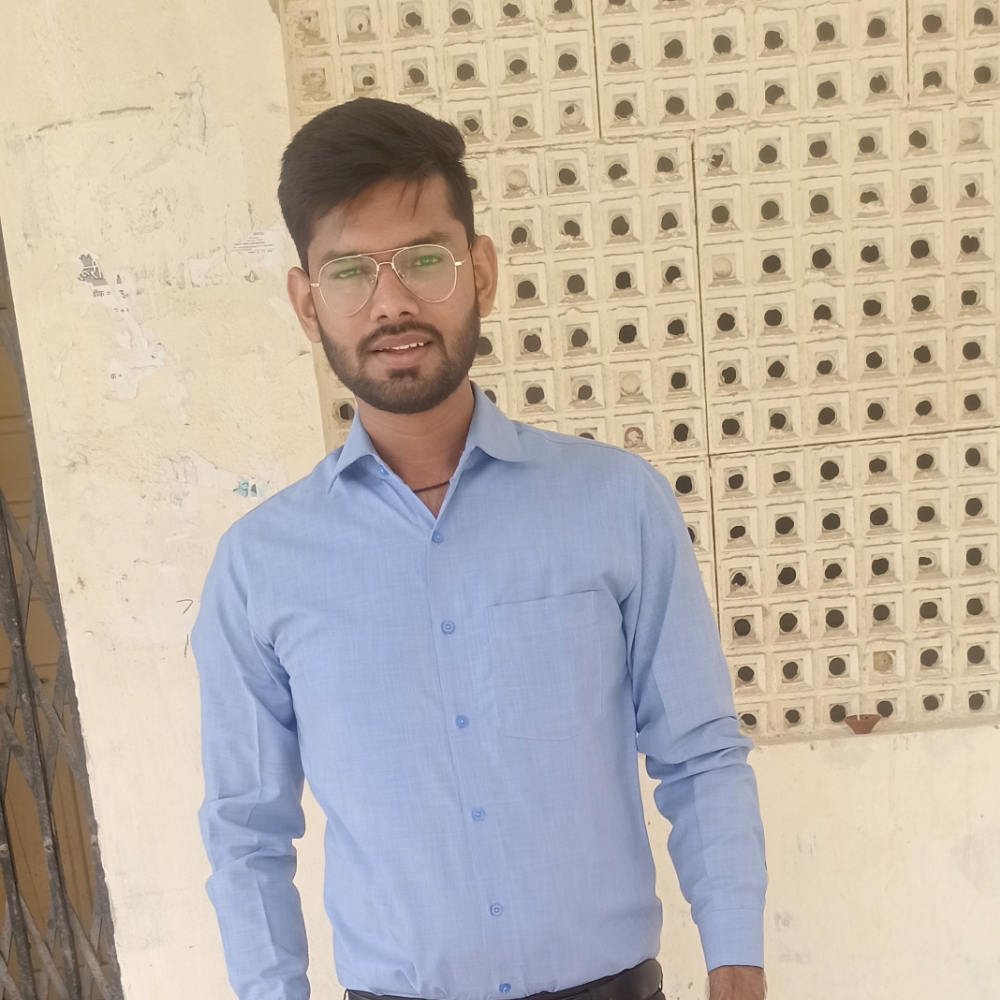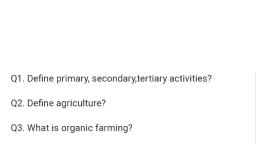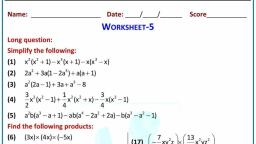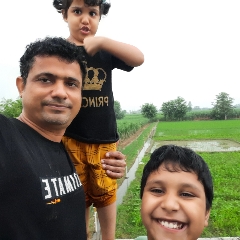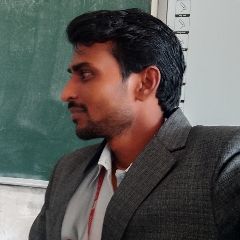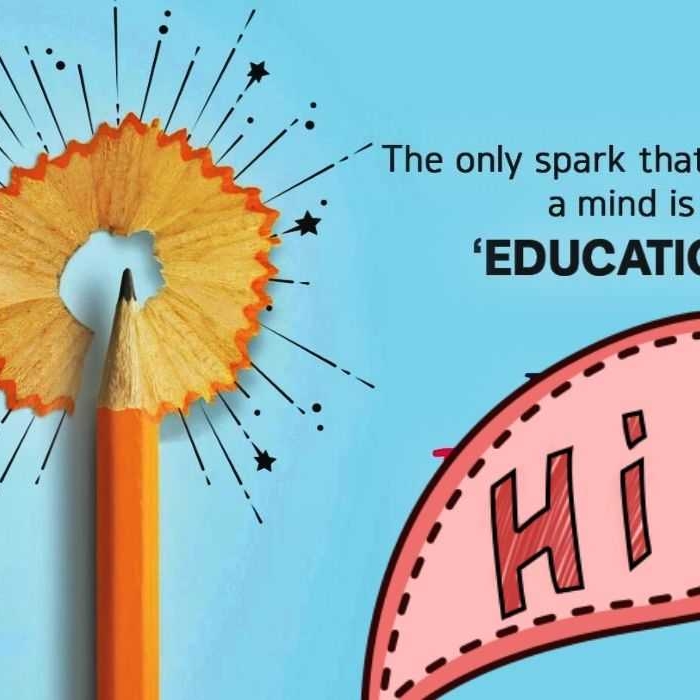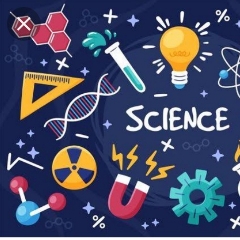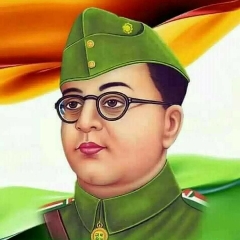Question 1 :
Since new individuals develop from the buds in hydra, this type of asexual reproduction is called _________.
Question 3 :
<img style='object-fit:contain' src='https://teachmint.storage.googleapis.com/question_assets/cbse_ncert/61b1d0a7f59b460d7261f32d.PNG' />
In the above image, what is B?
Question 4 :
The reproductive parts in animals produce gametes that fuse to form a ________.
Question 8 :
The life cycle of the frog consists: egg → ______ → adult
Question 9 :
Mother gives birth to a baby but the baby has characters of both parents. How is this possible?
Question 10 :
Stages in the life cycle of silkworm are given below. Write them in sequential order. Pupa, Silkworm, Egg, Silkmoth.
Question 15 :
Egg laid after fertilisation is made up of a single cell.
Question 19 :
After fertilisation, the resulting cell which gives rise to a new
individual is the
Question 21 :
The Red Data Book keeps a record of which of the following: (i) endemic species. (ii) extinct species. (iii) endangered plants. (iv) endangered animals.
Question 23 :
Can a forest regenerate naturally in a short period of time?
Question 24 :
To protect our flora and fauna and their habitats, protected areas called _______?
Question 25 :
Project Tiger was launched by the government to protect the tigers in the country. What was the objective of this project ?
Question 26 :
The other properties of the soil like nutrient content, texture etc., also change because of deforestation. TRUE OR FALSE ?
Question 27 :
The increase in temperature on the earth disturbs the water cycle and may reduce rainfall. This could cause __________?
Question 28 :
State true or false. Plants of a particular area are collectively termed as fauna.
Question 29 :
Removal of the top layer of the soil exposes the lower, hard and rocky layers. This soil has less humus and is less fertile. Gradually the fertile land gets converted into deserts. It is called __________?
